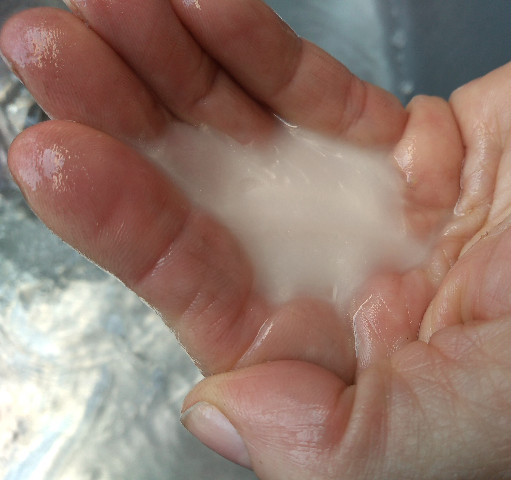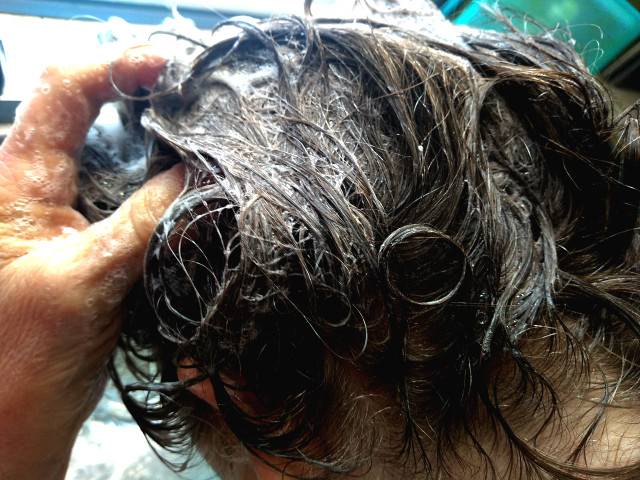Ah, shampoo. It’s foamy, smells great and it cleans the grime off your scalp; but why do we use it, really? People must’ve been able to clean their hair before shampoo so why use it? To answer that question, we’re travelling through history. Shampoo has a story originating in ancient customs, travel and sales.
INDIA AND BRITIAN
While hair care and bathing habits can be traced back to at least 4000 BC, this post begins in India around 1762. Ancient tribes in India used a process they called champo, which involved massaging their heads with hair oil. Essentially, this is where the word shampoo came from.
Bengali entrepreneur, Sake Dean Mahomed began practicing champo and set up business in Brighton in 1814 with his wife. Mahomed gave clients therapeutic massages in his steam vapour and medicated bath house. He was eventually appointed as Shampoo Surgeon to William IV and George IV. Shampoo came to mean washing the hair and scalp instead of just massaging in the 1860s.

GREMANY
Hans Schwarzkopf, a chemist in Berlin, opened a drugstore in 1898. The store was focused on perfume and Schwarzkopf focused on creating hair products. He came up with a powder shampoo in 1903. Unfortunately, it left hair dull and sometimes caused alkaline reactions. In 1927 Schwarzkopf established liquid shampoo in Europe.
ADVERTISING – BRECK SHAMPOO
By the 1970s, shampoo ads featuring famous people were promoting the use of shampoo on a weekly basis. Advertisements like those are responsible for the wide use of shampoo.

A 1930 example of shampoo advertising is for Breck Shampoo. The ads featured smiling women known as Breck Girls. From 1936 and 1976 there were 200 Breck Girls, some of whom are well known, such as Farrah Fawcett, Cheryl Tiegs and Brooke Shields.
It wasn’t until the late 80’s that any Breck Girl was represented as a career woman. African-American Breck Girl Dr. Donna Alexander later became the Cook County Department of Animal and Rabies Control Administrator. She died in 2018.
DRY SHAMPOO
Let’s take a short detour to the 15th century. The people in Asia already used clay powders to clean their hair. Everyone else took their time catching on.
Now let’s jump to the late 1700s.The latest fashion trend? Wigs. Washing them wasn’t the cleaning solution people decided on.
This is where the powder comes in. Scented powders of ground starch were used on the wigs, and sometimes women also used it in their natural hair. Most powder was white but some more adventurous women used colours.
The first product sold as a dry shampoo was called Minipoo. It was advertised for women to be used when sick in bed or before a surprise date. It was made from the 1940s to the 1960s.
MY THOUGHTS

I’m not a make-your-own-shampoo girl, so I’m glad there are products out there made for cleaning and detangling my hair. I’m hoping by now that there are affordable options for every hair type (and I have to say if there aren’t the shampoo companies had better get their act together already). Have you ever had trouble finding the right hair care product?
I also find the idea of naming your brand Minipoo to be not such a great one. It makes sense form the view that it’s a partial shampoo job, but the words ‘mini’ and ‘poo’ should really not be together in my opinion. It doesn’t sound like a hair product. What do you think? Let me know in the comments.
CONCLUSION
Shampoo is an everyday product with a complicated past. From the Ancient tribes of India, to England, through German chemistry, Asian clay, powdered wigs and a drive to sell, we have the right product for the job, liquid or dry. But why DO we use it?
Essentially, we use shampoo because we’re sold it. We use shampoo because entrepreneurs decided it was something we needed, and salespeople decided to advertise it. On top of that of course we want to be clean and have nice hair. Thanks to those clever ads, we can usually find what we’re looking for.

